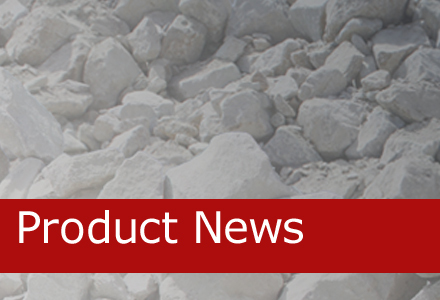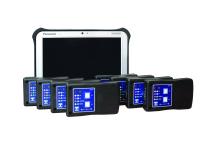
“We continue to lead the aggregates and mining industries in innovation that’s focused on improving efficiency. Our engineers’ invention of the Ty-Rail system solves the long-time problem of lost parts and difficult, time-consuming screen panel change-outs,” said Karen Thompson, Haver & Boecker Canada president. “Our customers will undoubtedly experience increased uptime and, as a result, increased profits by using this revolutionary tension rail system.”
The system was developed and designed by a team of engineers led by Haver & Boecker vice president of engineering and technology, Dieter Takev. “We’re continually looking for ways to minimise the challenges mines and quarries face,” Takev said. “Our team spent countless hours brainstorming and discussing some of the biggest issues we saw during our many site visits and heard about in discussions with customers. After nearly two years of design, development and testing, Ty-Rail is ready to serve and improve our customers’ operations.” Each Ty-Rail package includes two tension rails, eight angle boxes and eight bolts; all the hardware required to change one screen section. Once installed, each rail becomes a singular, removable piece since the bolts remain attached to the rail, and the angle boxes remain attached to the vibrating screen. To remove the tension rails, an operator simply loosens the bolts on each, shifts the angle boxes up, and lifts the rail and bolts out as one piece. This reduces screen media change-out times by about 50 per cent. Additionally, the innovation can take the task of changing tensioned screen media panels from two people down to one.
The Ty-Rail system is designed specifically for Haver & Boecker’s Tyler brand of vibrating screens and is now standard on all new F-Class and T-Class machines. Producers can also refurbish older Tyler vibrating screens and add the Ty-Rail.








